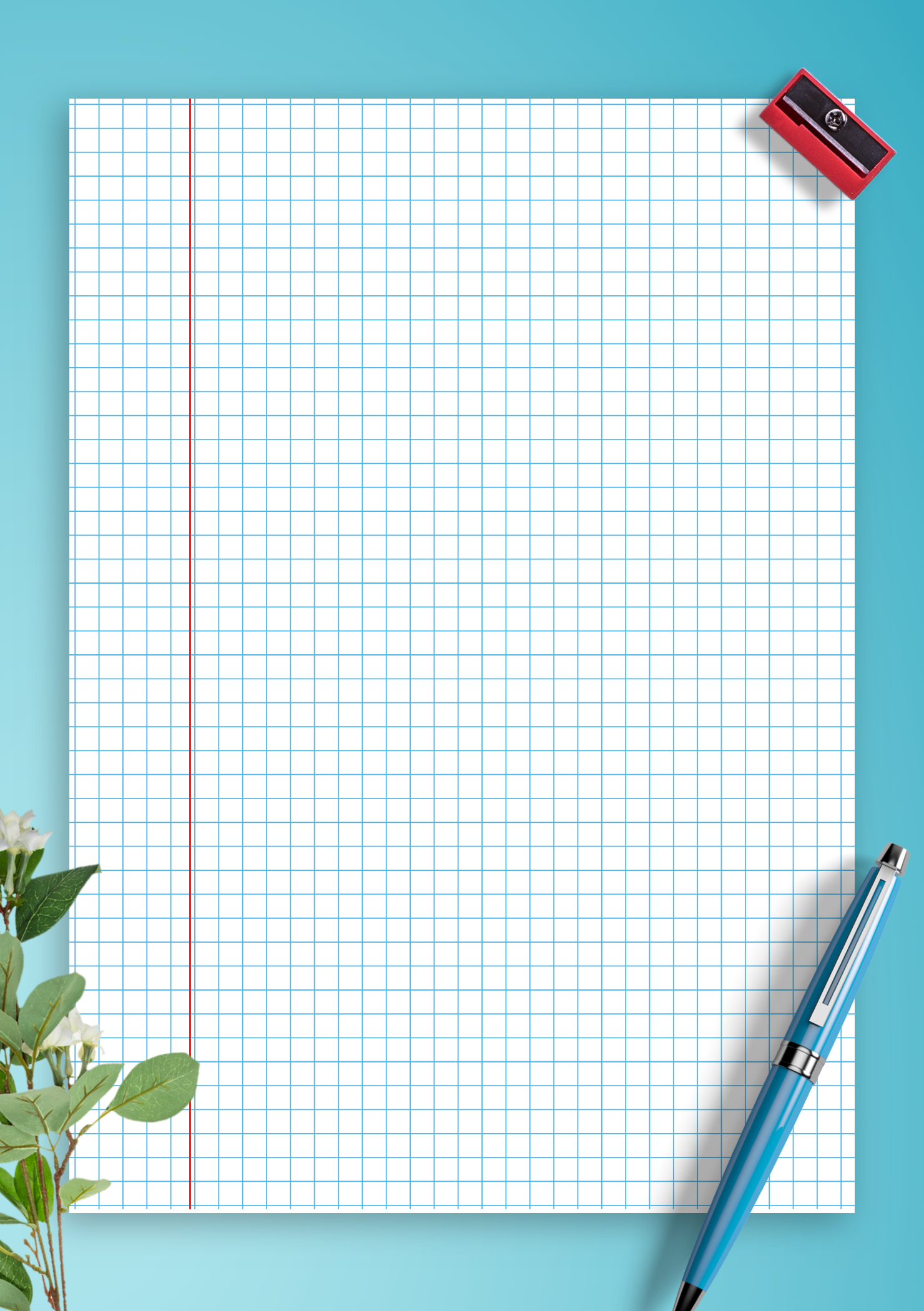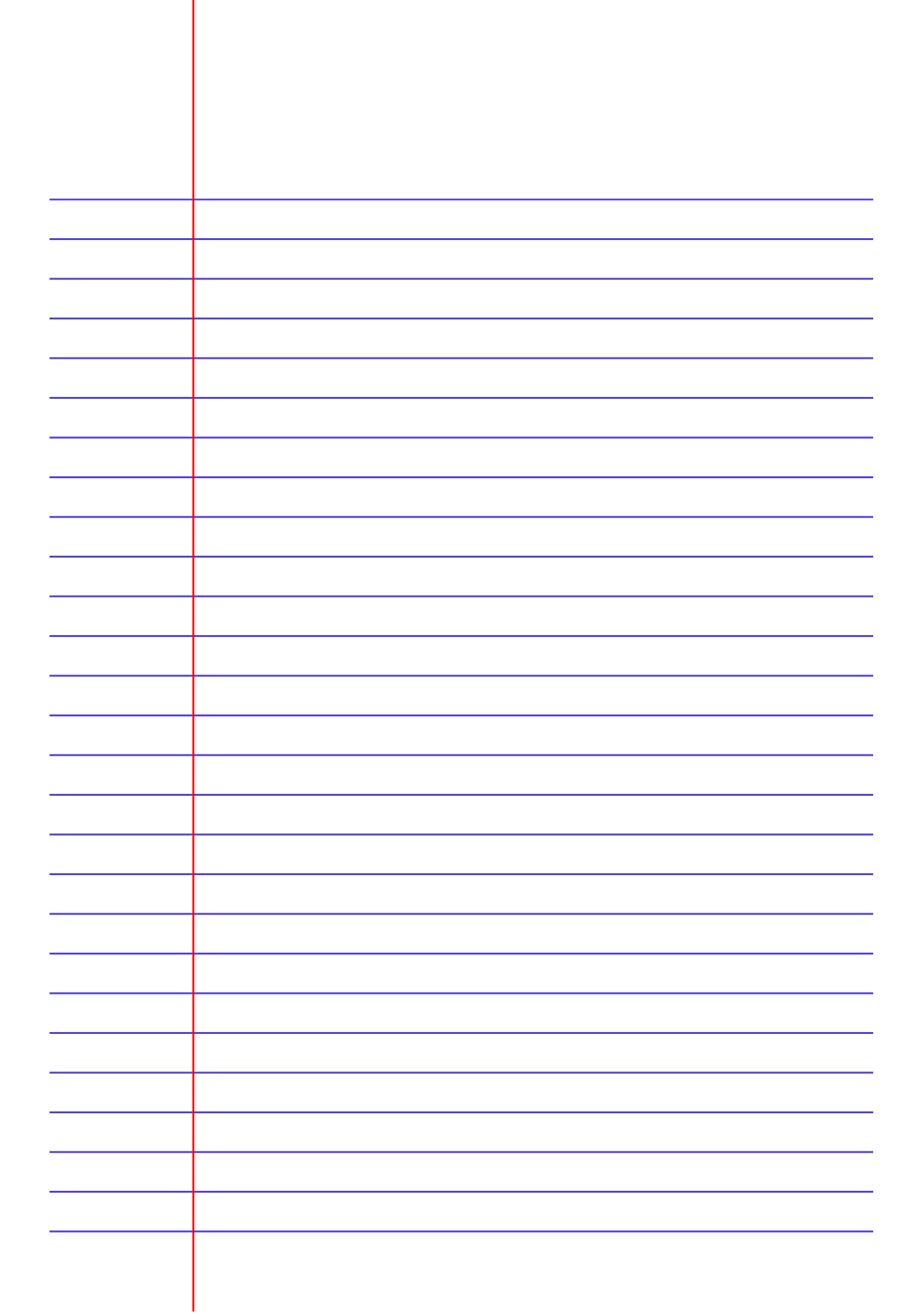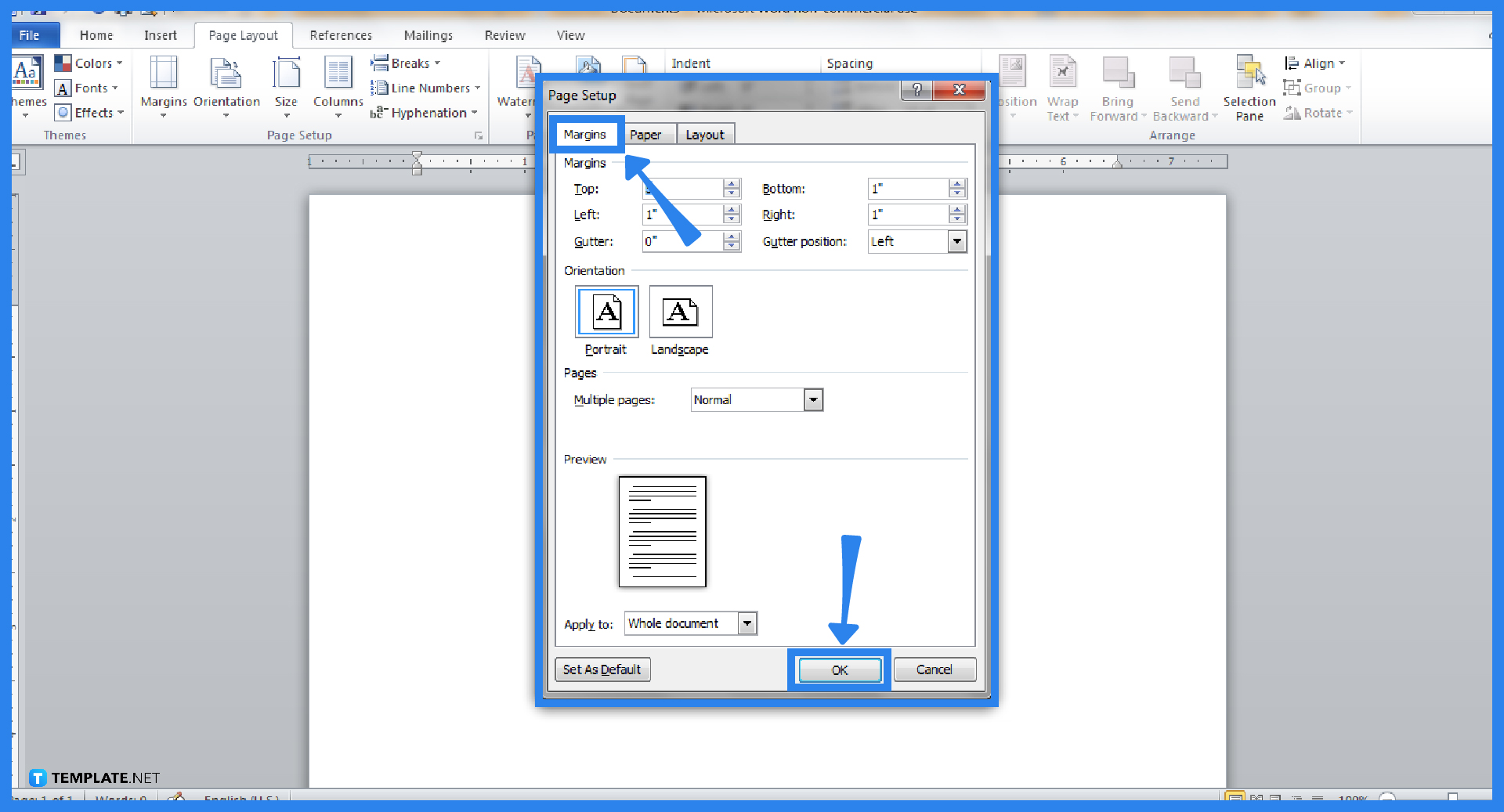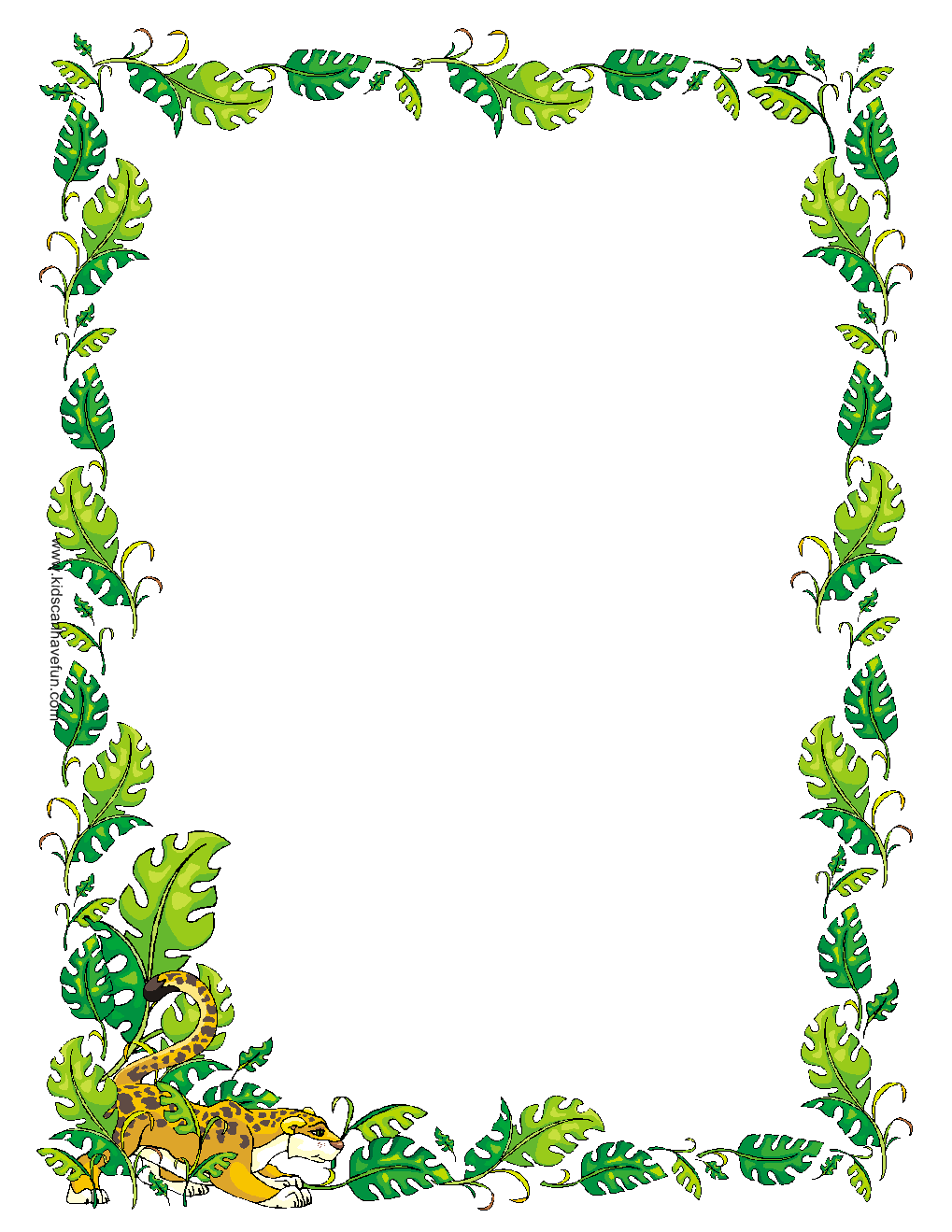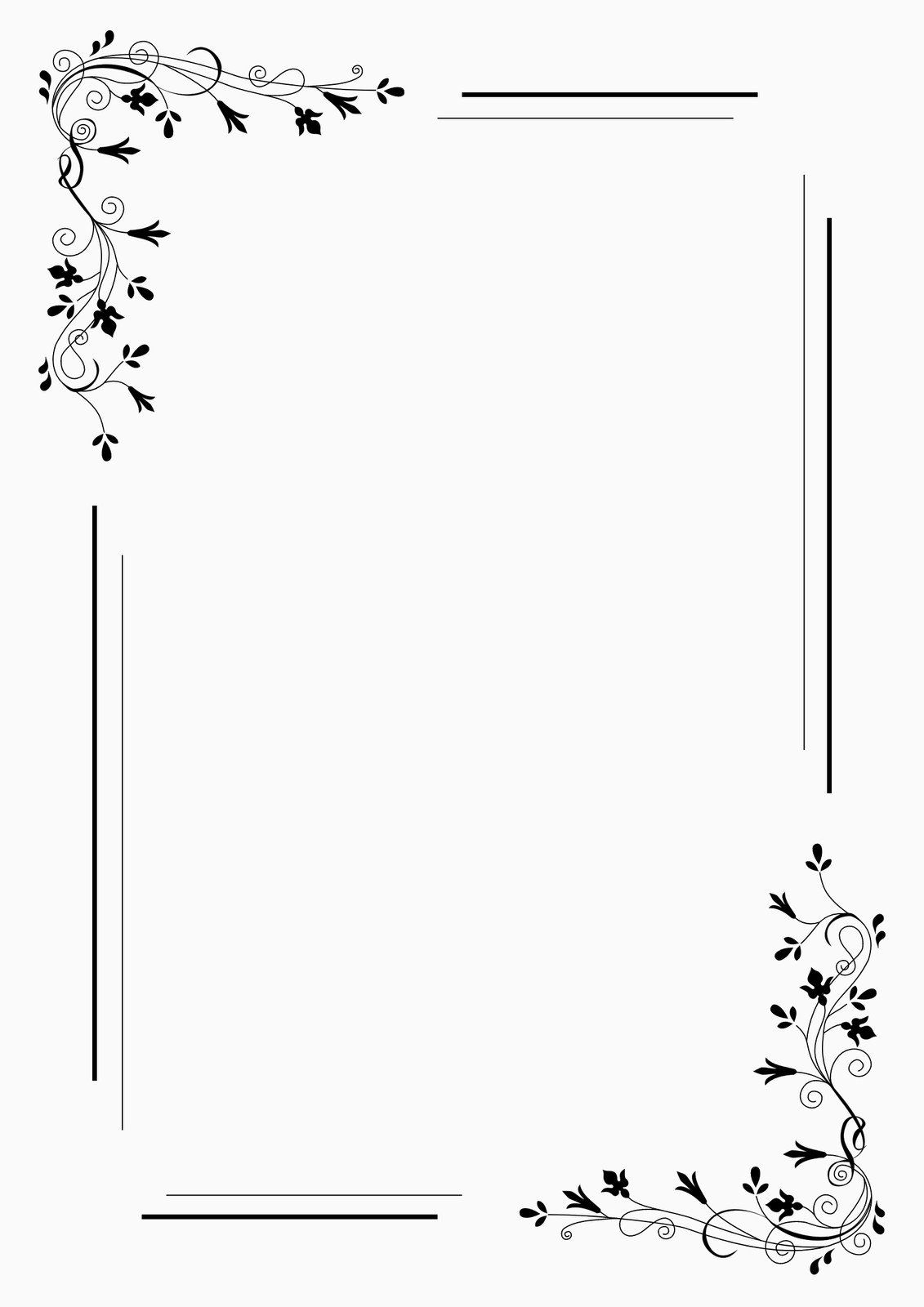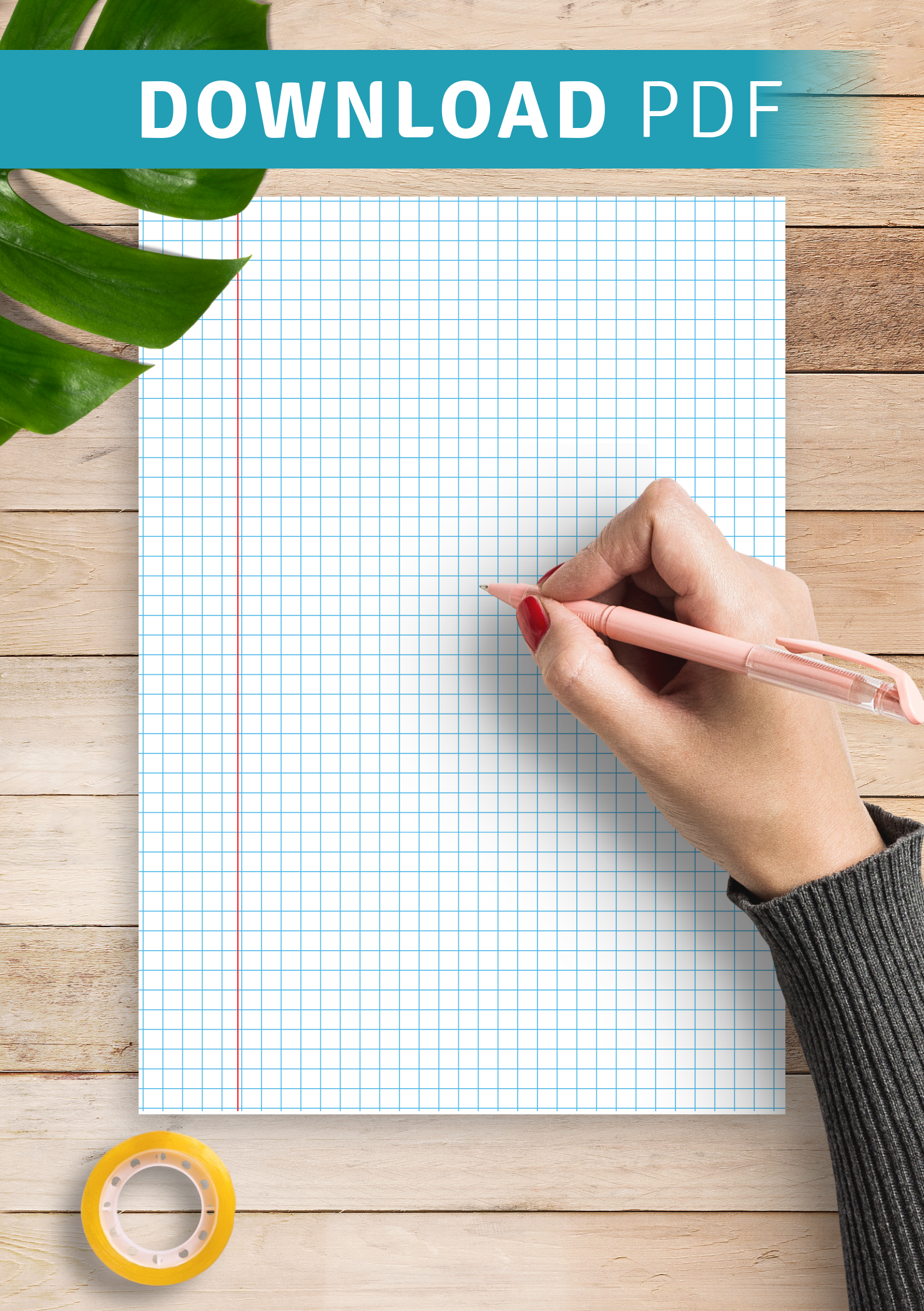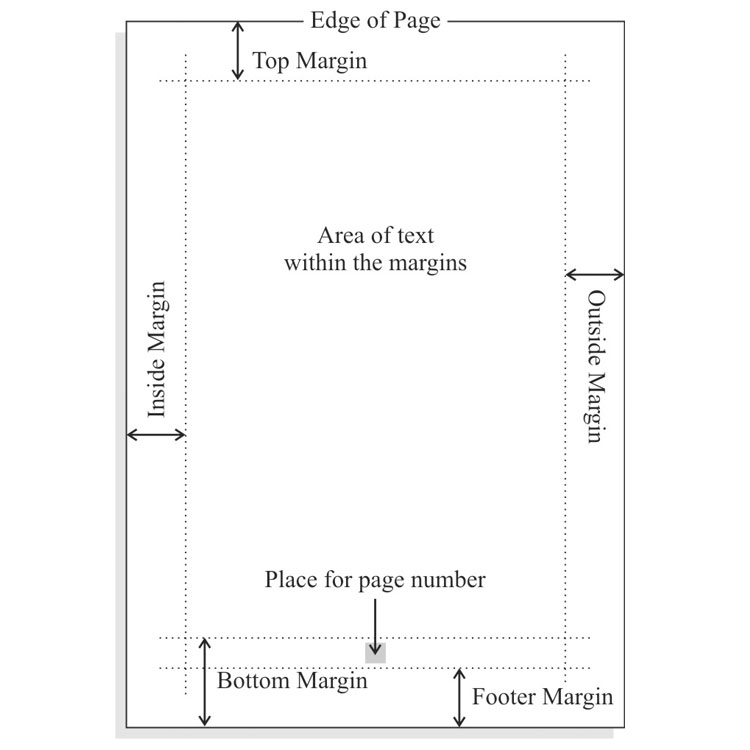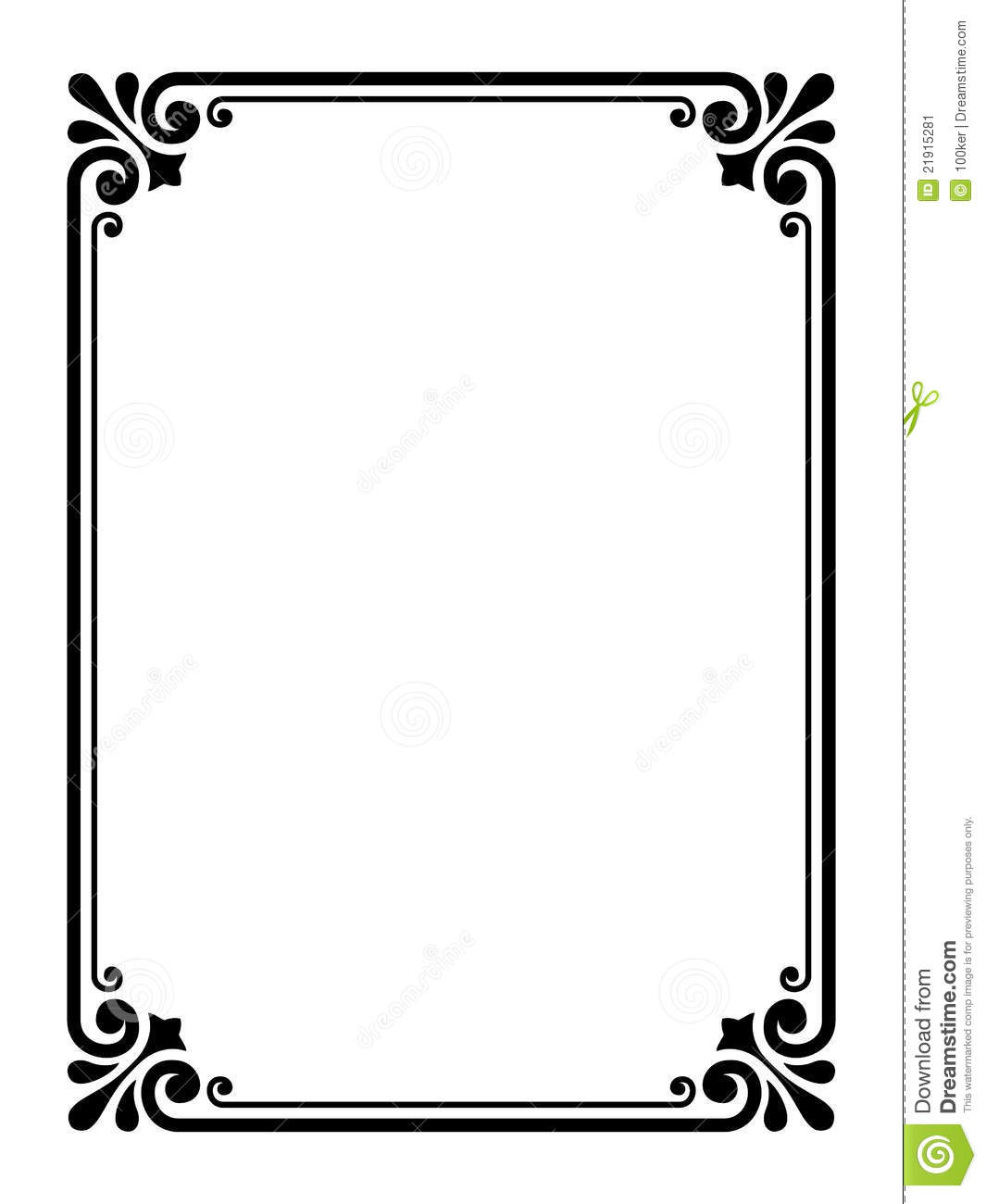Printable Margins
Printable Margins - 1/4 is a good, safe margin. What are the different types of print. Click page design > margins > custom margins. Every printer on the market today has a fixed, maximum printable area. By setting the right print margins, designers and printers can ensure that their printed materials look polished and are free from errors. Many modern printers can print with margins less than 3 mm, so 1 cm as a general rule should be sufficient. Turn on margins, bleed, rulers, and crop marks while designing to make sure everything prints as expected. Templates are available for almost any item you can print with us, and each one shows the recommended minimum margin and bleed in relation to trim or die lines. Properly setting these elements helps prevent unwanted white edges and. When we receive artwork that does not account for those printing specs, we like to give it a.25″ margin on a document that is around 8.5″ x 11″ (flyer/brochure) to 3 x 5. Templates are available for almost any item you can print with us, and each one shows the recommended minimum margin and bleed in relation to trim or die lines. By setting the right print margins, designers and printers can ensure that their printed materials look polished and are free from errors. 1/4 is a good, safe margin. Many modern printers can print with margins less than 3 mm, so 1 cm as a general rule should be sufficient. Margins in printing refer to the blank space between the edge of the paper and the content of the printed page. Take your width, you end up with a printable width of 8.07. When we receive artwork that does not account for those printing specs, we like to give it a.25″ margin on a document that is around 8.5″ x 11″ (flyer/brochure) to 3 x 5. Every printer on the market today has a fixed, maximum printable area. Click page design > margins > custom margins. The actual printable area will be the area inside these margins. 1/4 is a good, safe margin. Properly setting these elements helps prevent unwanted white edges and. To ensure the best print quality, the machine allows a margin along each edge of media. By setting the right print margins, designers and printers can ensure that their printed materials look polished and are free from errors. What are the different types of. What are the different types of print. The actual printable area will be the area inside these margins. 1/4 is a good, safe margin. Checking your margins before printing. When we receive artwork that does not account for those printing specs, we like to give it a.25″ margin on a document that is around 8.5″ x 11″ (flyer/brochure) to 3. Take your width, you end up with a printable width of 8.07. The actual printable area will be the area inside these margins. What are the different types of print. Click page design > margins > custom margins. Templates are available for almost any item you can print with us, and each one shows the recommended minimum margin and bleed. Checking your margins before printing. Many modern printers can print with margins less than 3 mm, so 1 cm as a general rule should be sufficient. They are essential for readability, aesthetics, and ensuring that text or images do. 1/4 is a good, safe margin. Turn on margins, bleed, rulers, and crop marks while designing to make sure everything prints. 1/4 is a good, safe margin. Margins in printing refer to the blank space between the edge of the paper and the content of the printed page. They are essential for readability, aesthetics, and ensuring that text or images do. Take your width, you end up with a printable width of 8.07. Many modern printers can print with margins less. However, if it is a high profile job, get the specs of the printer. Every printer on the market today has a fixed, maximum printable area. They are essential for readability, aesthetics, and ensuring that text or images do. Many modern printers can print with margins less than 3 mm, so 1 cm as a general rule should be sufficient.. Properly setting these elements helps prevent unwanted white edges and. What are the different types of print. When we receive artwork that does not account for those printing specs, we like to give it a.25″ margin on a document that is around 8.5″ x 11″ (flyer/brochure) to 3 x 5. They are essential for readability, aesthetics, and ensuring that text. By setting the right print margins, designers and printers can ensure that their printed materials look polished and are free from errors. They are essential for readability, aesthetics, and ensuring that text or images do. However, if it is a high profile job, get the specs of the printer. To ensure the best print quality, the machine allows a margin. The actual printable area will be the area inside these margins. Templates are available for almost any item you can print with us, and each one shows the recommended minimum margin and bleed in relation to trim or die lines. However, if it is a high profile job, get the specs of the printer. Many modern printers can print with. Many modern printers can print with margins less than 3 mm, so 1 cm as a general rule should be sufficient. They are essential for readability, aesthetics, and ensuring that text or images do. By setting the right print margins, designers and printers can ensure that their printed materials look polished and are free from errors. However, if it is. To ensure the best print quality, the machine allows a margin along each edge of media. Click page design > margins > custom margins. By setting the right print margins, designers and printers can ensure that their printed materials look polished and are free from errors. Templates are available for almost any item you can print with us, and each one shows the recommended minimum margin and bleed in relation to trim or die lines. Many modern printers can print with margins less than 3 mm, so 1 cm as a general rule should be sufficient. Take your width, you end up with a printable width of 8.07. The actual printable area will be the area inside these margins. Turn on margins, bleed, rulers, and crop marks while designing to make sure everything prints as expected. 1/4 is a good, safe margin. Every printer on the market today has a fixed, maximum printable area. However, if it is a high profile job, get the specs of the printer. Margins in printing refer to the blank space between the edge of the paper and the content of the printed page. Properly setting these elements helps prevent unwanted white edges and.Download Printable Squared Narrow Ruled blue with margin PDF
Printable Paper Free
Printable Margins
How To Print Margins In Word Templates Printable Free
Free Free Printable Border Designs For Paper, Download Free Free
A4 Size Paper Border Designs Free Download Pdf Printable Templates
Cute Printable College Ruled Lined Notebook Paper With Margins Etsy
Download Printable Squared Narrow Ruled blue with margin PDF
Printable Margins
Simple Border Designs For A4 Paper ClipArt Best
They Are Essential For Readability, Aesthetics, And Ensuring That Text Or Images Do.
What Are The Different Types Of Print.
When We Receive Artwork That Does Not Account For Those Printing Specs, We Like To Give It A.25″ Margin On A Document That Is Around 8.5″ X 11″ (Flyer/Brochure) To 3 X 5.
Checking Your Margins Before Printing.
Related Post:
